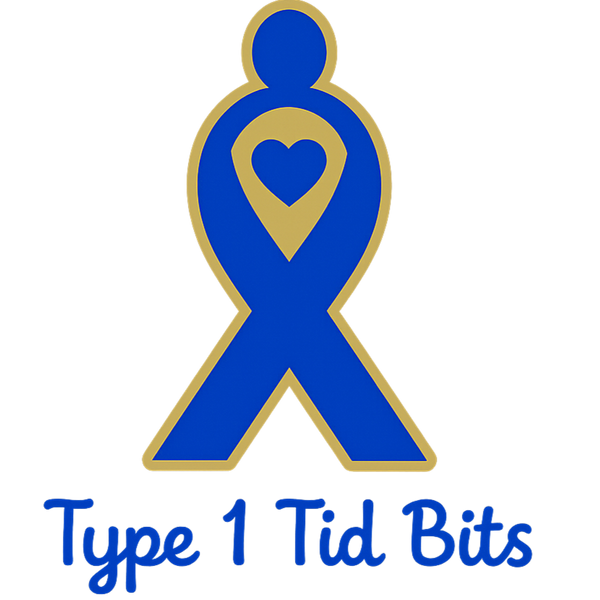Managing diabetes can feel overwhelming at times, but one simple and powerful tool that many people use is carbohydrate counting—often called carb counting. Whether you live with type 1 or type 2 diabetes, learning how to track carbs can help you keep blood sugar levels steady, improve energy, and give you more flexibility with food choices.
What Is Carb Counting?
Carbohydrate counting is a method of tracking how many grams of carbohydrates you eat or drink each day. Carbohydrates are the main nutrient that directly affects blood glucose, so keeping an eye on them is key for effective diabetes management.
When you count carbs, you can:
-
Match your insulin dose more accurately to what you eat.
-
Predict how meals will affect your blood sugar.
-
Enjoy a wider variety of foods without feeling restricted.
Why Carbohydrates Matter in Diabetes
Carbs are broken down into glucose during digestion, which then enters the bloodstream. In people without diabetes, insulin helps glucose move into the body’s cells for energy. But with diabetes, insulin is either missing (type 1) or doesn’t work effectively (type 2).
This means that:
-
Eating a high-carb meal can cause blood sugar to spike quickly.
-
Monitoring carbs allows you to keep those spikes under control.
-
Carb counting is especially important for people taking insulin, since dosing is often based on the number of carbs eaten.
The Basics of Counting Carbs
There are three main steps to get started with carb counting:
-
Know Your Carb Sources
-
Grains (bread, rice, pasta)
-
Starchy vegetables (potatoes, corn, peas)
-
Fruit and fruit juices
-
Dairy products
-
Sweets and sugary drinks
-
-
Learn to Read Labels
-
Check the Total Carbohydrate section on nutrition labels.
-
Subtract fibre (if listed) to find the “net carbs” that actually affect blood sugar.
-
-
Understand Portions
-
One slice of bread (around 15 g carbs) is a standard “carb portion.”
-
Measuring cups, food scales, and carb-counting apps can help until you learn to eyeball serving sizes.
-
Benefits of Carb Counting
-
Better Blood Sugar Control: Prevents highs and lows by balancing carbs with insulin or medication.
-
Flexibility with Food: Enjoy a wider range of meals by planning carbs rather than avoiding them.
-
Empowerment: Puts you in control of your diabetes management instead of feeling restricted by it.
-
Supports Exercise Goals: Adjust carbs around workouts to prevent crashes or spikes.
Who Can Benefit from Carb Counting?
-
Type 1 Diabetes: Essential for matching insulin doses to food.
-
Type 2 Diabetes: Useful for weight management, portion control, and understanding how foods affect blood sugar.
-
Gestational Diabetes: Helps balance blood sugar for a healthy pregnancy.
Final Thoughts
Carb counting is not about giving up your favourite foods—it’s about understanding them. With practice, you’ll find it becomes second nature, helping you enjoy meals while keeping your blood sugar levels in check.
If you’re new to carb counting, consider working with a registered dietitian or diabetes educator. They can help tailor a plan to your personal needs and lifestyle.

